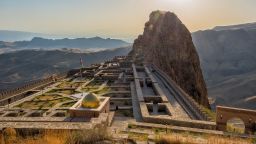Editor’s Note: This CNN Travel series is, or was, sponsored by the country it highlights. CNN retains full editorial control over subject matter, reporting and frequency of the articles and videos within the sponsorship, in compliance with our policy.
Nakhchivan, a landlocked exclave about 260 miles west of Azerbaijan’s capital Baku, has a long list of historical attractions that include towers, castles, tombs and even wish-making caves.
However, the centerpiece is the salt mine of Duzdag, or “Salt Mountain,” which functions as the largest medical tourism facility in the region.
Hidden 360 feet (110 meters) below ground, this usual destination offers alternative, complementary treatment for respiratory diseases in chambers that were first hollowed out almost 5,000 years ago.
Mountain retreat
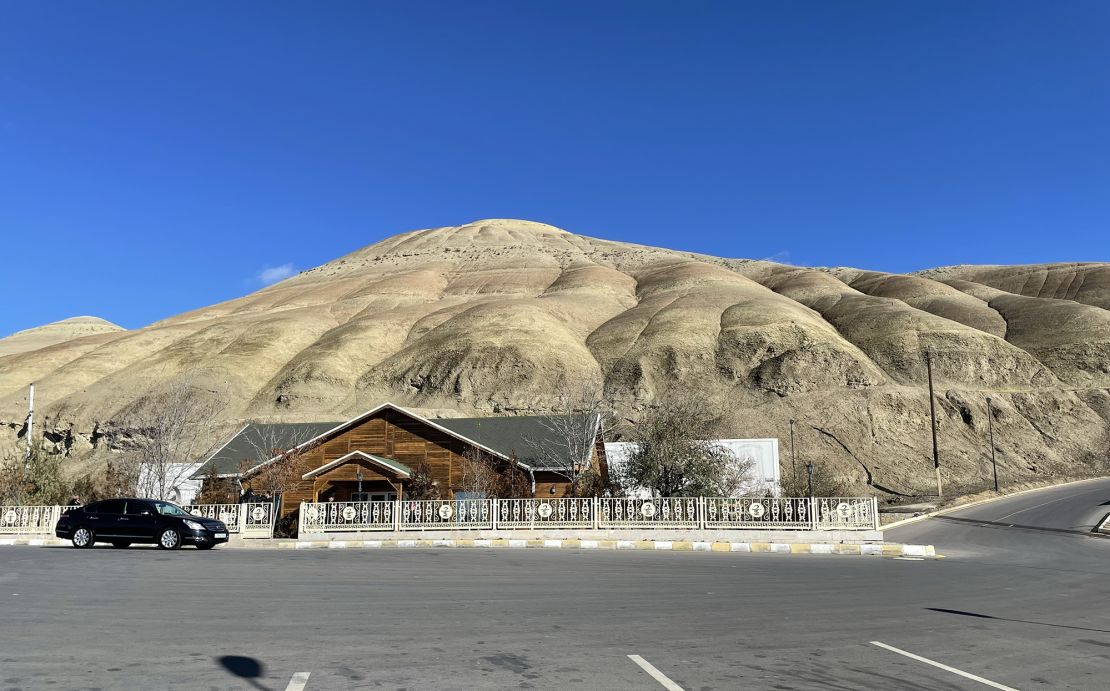
Just a quick seven-mile drive out of Nakhchivan city, the caves are spectacularly located in mountains, at an altitude of 3,848 feet (1,173 meters).
The modern Physiotherapy Center was founded in 1979 on the site of salt mines that were excavated by archaeologists in the 1970s. It is believed salt was mined here from the third millennium BCE and exported to the Middle East.
Exactly how the caves became renowned for their healing properties isn’t clear, with several origin stories offering rival explanations.
Legend has it that the caves have long been revered for their restorative powers by locals who consider Duzdag salt to be sacred. During the 20th-century excavation works archaeologists reputedly found relief for their bronchitis and asthma.
Another tale tells of a boy with severe respiratory issues who lived near the caves and used to come there to play and draw animals on the walls. Drawings attributed to him remain on the walls, while his disease, locals claim, was fully cured.
Salt therapy
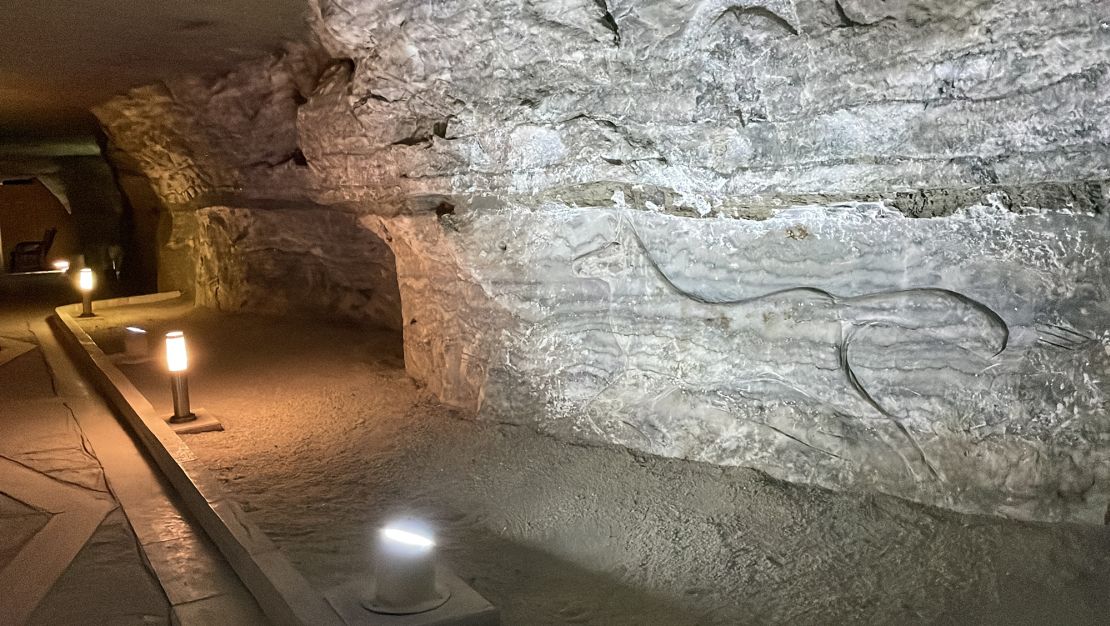
Salt-based cures are nothing new. In mid-19th century Poland Feliks Boczkowski, a physician at a salt mine, observed that miners rarely suffered from respiratory diseases and appeared to have notably healthy constitutions.
Boczkowski is considered the founder of what would later be known as halotherapy: breathing in air with tiny salt particles with the aim of improving breathing.
Halotherapy has risen in popularity in recent years, although the scientific community isn’t unanimously convinced of its benefits. Experts have noted that airborne salt can help thin mucus in breathing passages and draw in moisture. Salty environments are also typically allergen-free.
However, with no evidence-based findings to support the creation of medical guidelines, the American Lung Association’s advice is to always consult with your doctor before undertaking halotherapy or salt therapy.
When salt therapy is conducted below the Earth’s surface using the climate conditions and salt air found in naturally occurring caves, it’s known as speleotherapy. Such salt caves exist all over the world - in Ukraine, Hungary, Poland, Turkey, Germany and Switzerland - and are widely used by asthma patients as an alternative treatment.
Salty sparkle
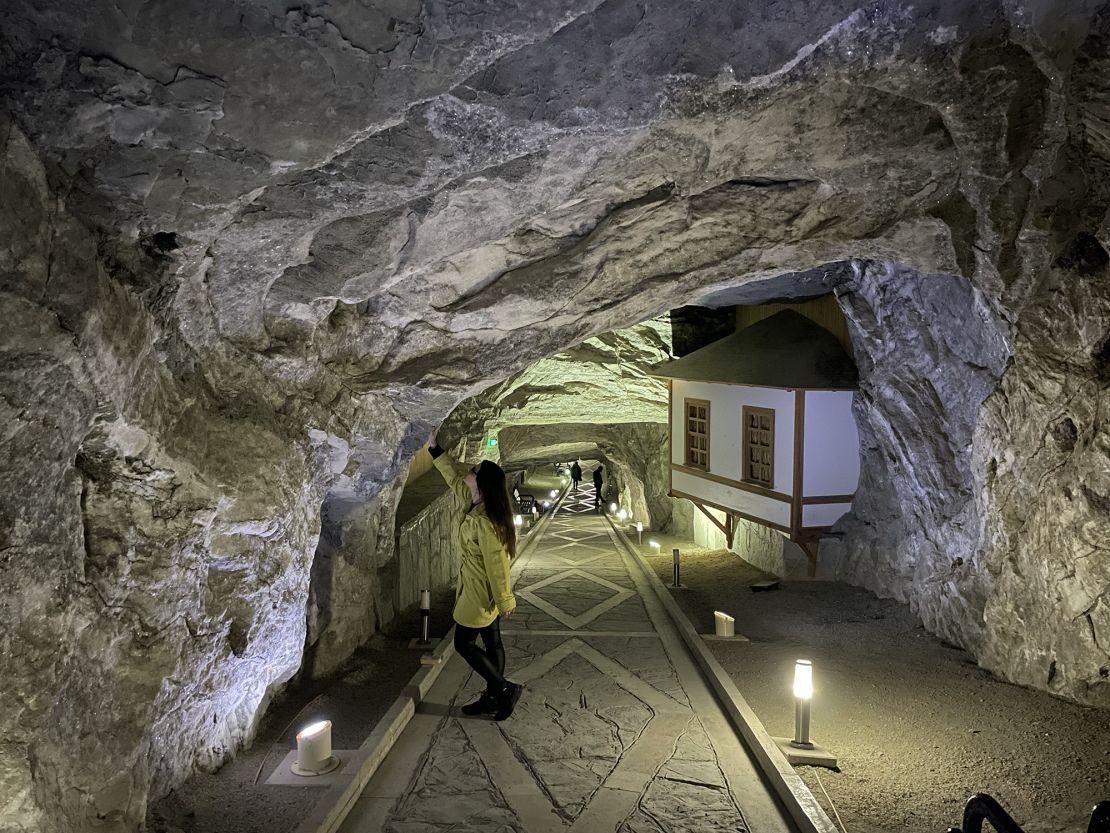
What sets the Duzdag complex apart is its horizontal location, which allows patients to gradually adapt to the conditions in the cave as they walk towards their rooms, nearly 900 feet (or 300 meters) from the main entrance.
The serpentine road into the mine first reaches the neat one-story wooden building of the Physiotherapy Center, which stands in contrast to the mysterious sparkling walls inside the tunnel.
What is noticeable immediately, even before entering the caves, is a very distinct smell of Duzdag salt, markedly different from the light salty breeze carried from the nearby Caspian Sea.
The glistening salt layers of the walls are 8.2 meters thick (nearly 27 feet). The spacious tunnel with benches on the sides and even a rest area with TV and tables, doesn’t feel claustrophobic.
Closer inspection of small pinkish rocks near the walls, reveal that even these are made of salt. People collect bigger pieces and keep them at home in the belief that crystals remove negativity.
It takes time to get used to the very potent smell of salt, but it’s not hard to breathe in the tunnel. The center says that natural ventilation in the cave prevents the accumulation of harmful gases such as carbon dioxide, methane, and nitrogen.
It claims that the favorable combination of the location above the sea level, the temperature, humidity, atmospheric pressure, ionic composition of oxygen in the mines, and bacteriological composition has been instrumental in the successful treatment of such diseases as bronchial asthma, chronic bronchitis, pollinosis and allergic rhinitis.
Microclimate
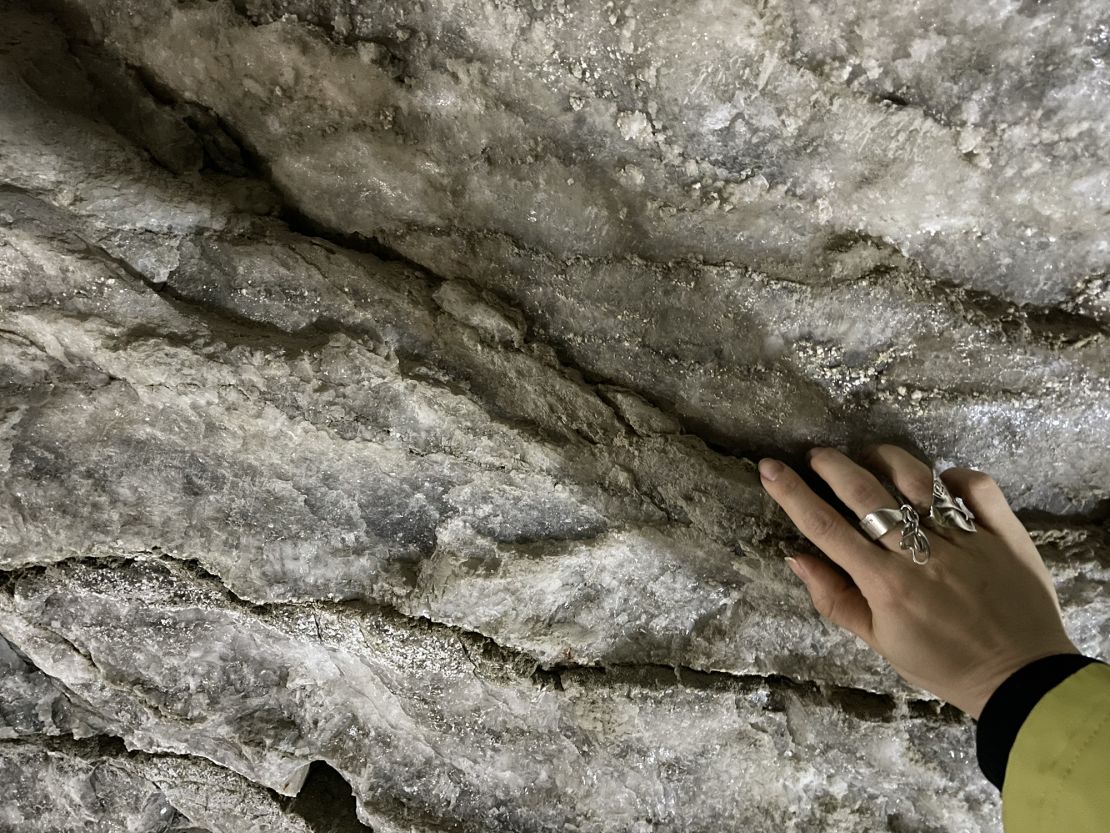
The microclimate inside the caves stays pretty constant throughout the year: The humidity is between 20-25%, and despite it being 3C (37F) outside on CNN’s visit, the temperature in the caves was a pleasant 18-20C (64-68F).
The center has expanded to accommodate 474 patients and the Duzdag Hotel was added in 2008. Just over a mile away from the caves, it’s part of the Duzdag Physiotherapy Complex where the incoming patients get examined and spend a few days acclimatizing.
During a walk through the caves in December, there is only one other group of tourists visiting. On average 3,500-4,000 patients visit the caves per year, mainly in summer, since most people plan treatments during months when children are out of school and they can take some time off work.
In recent years, this quiet health destination has also developed a specialized post-Covid rehabilitation program to deal with the impact the virus has on the respiratory system. The healing powers claimed for these caves don’t stop there: It’s also said to strengthen immune systems, improve circulation and skin conditions, and relieve stress.
While these claims may not be independently proven, there’s no denying the unusual aura in the caves.
Sitting on the bench, surrounded by the serenity of the glistening walls that generation after generation have believed to quietly heal, it’s easy to become immersed in this quiet atmosphere, leaving worries at the entrance.



